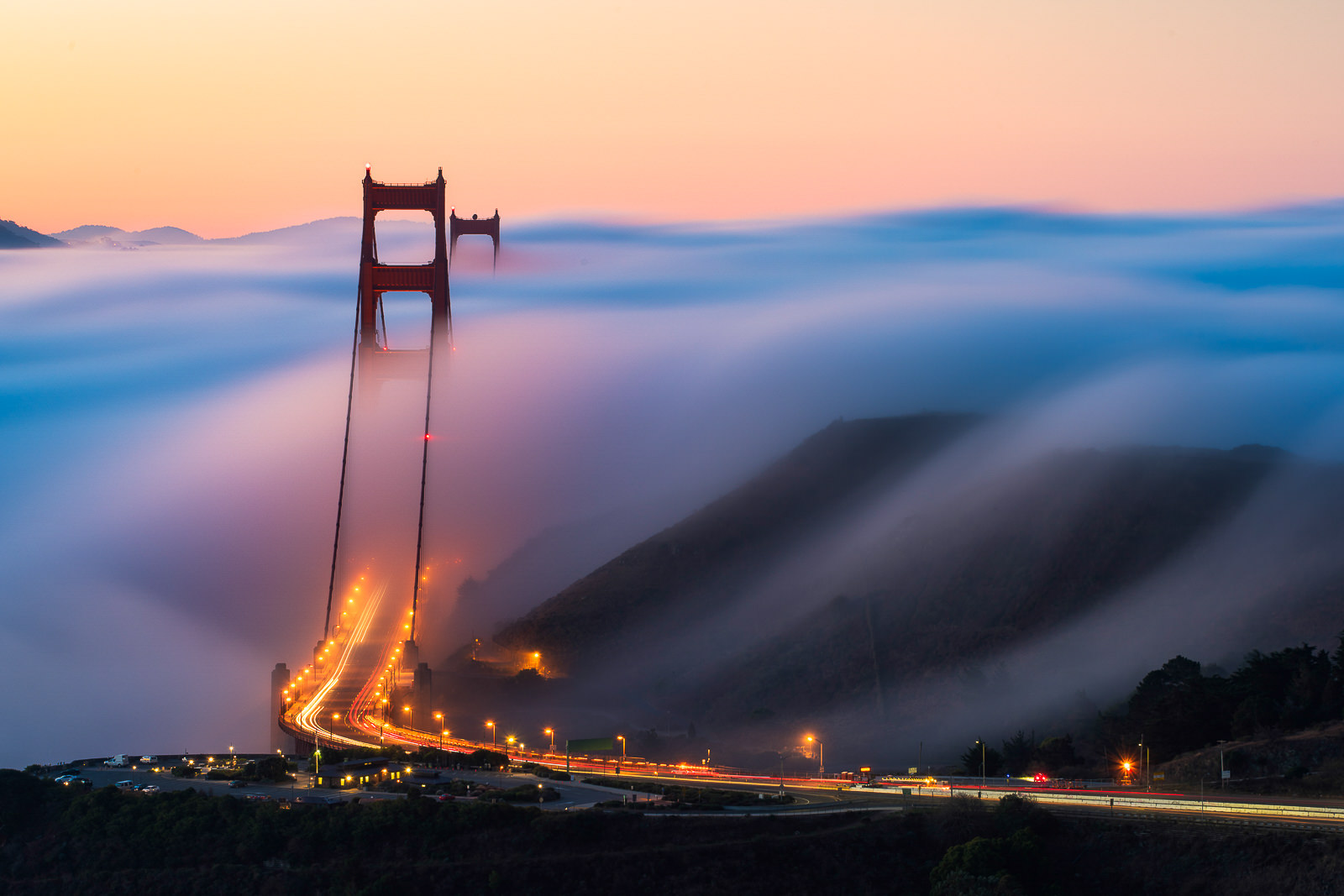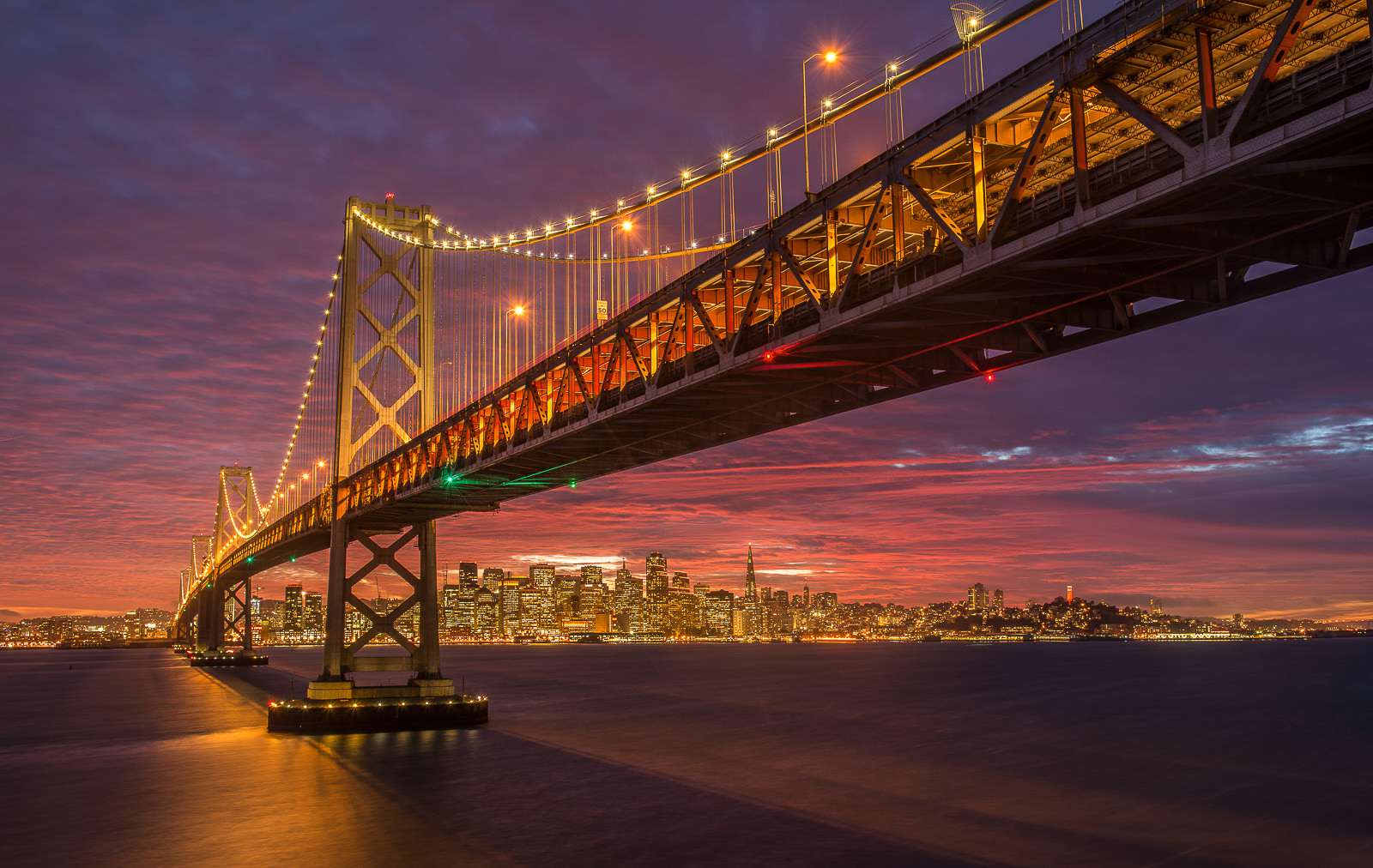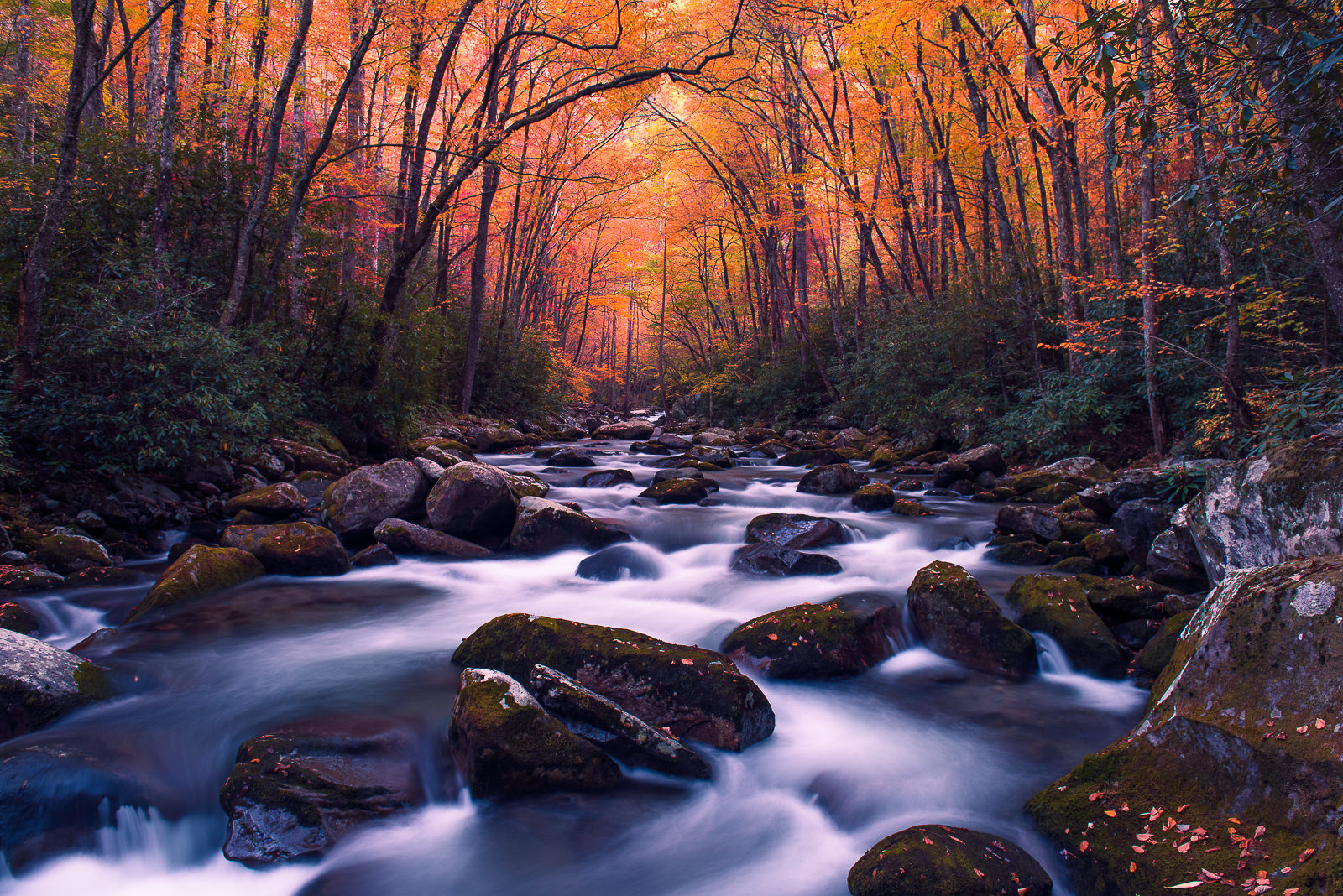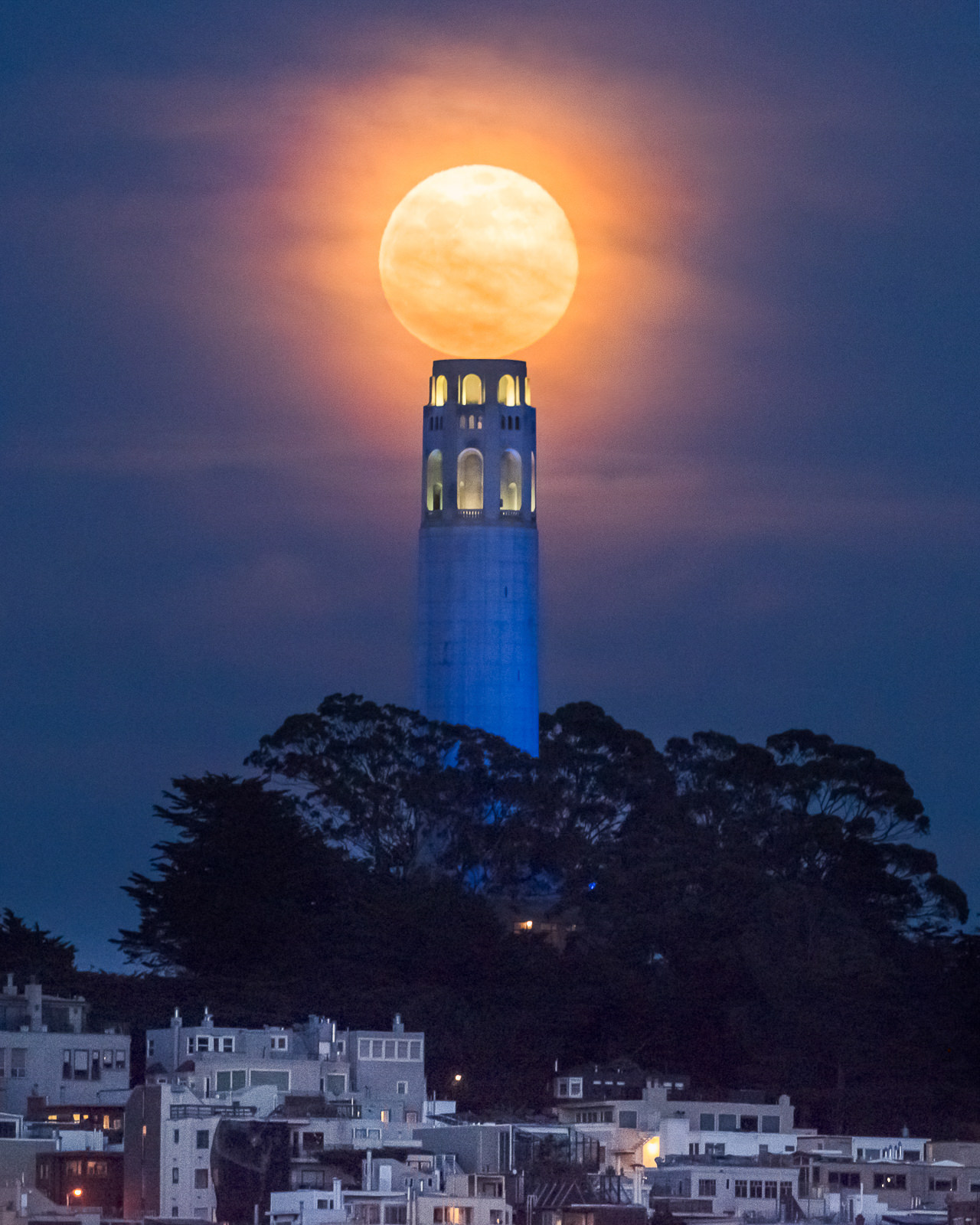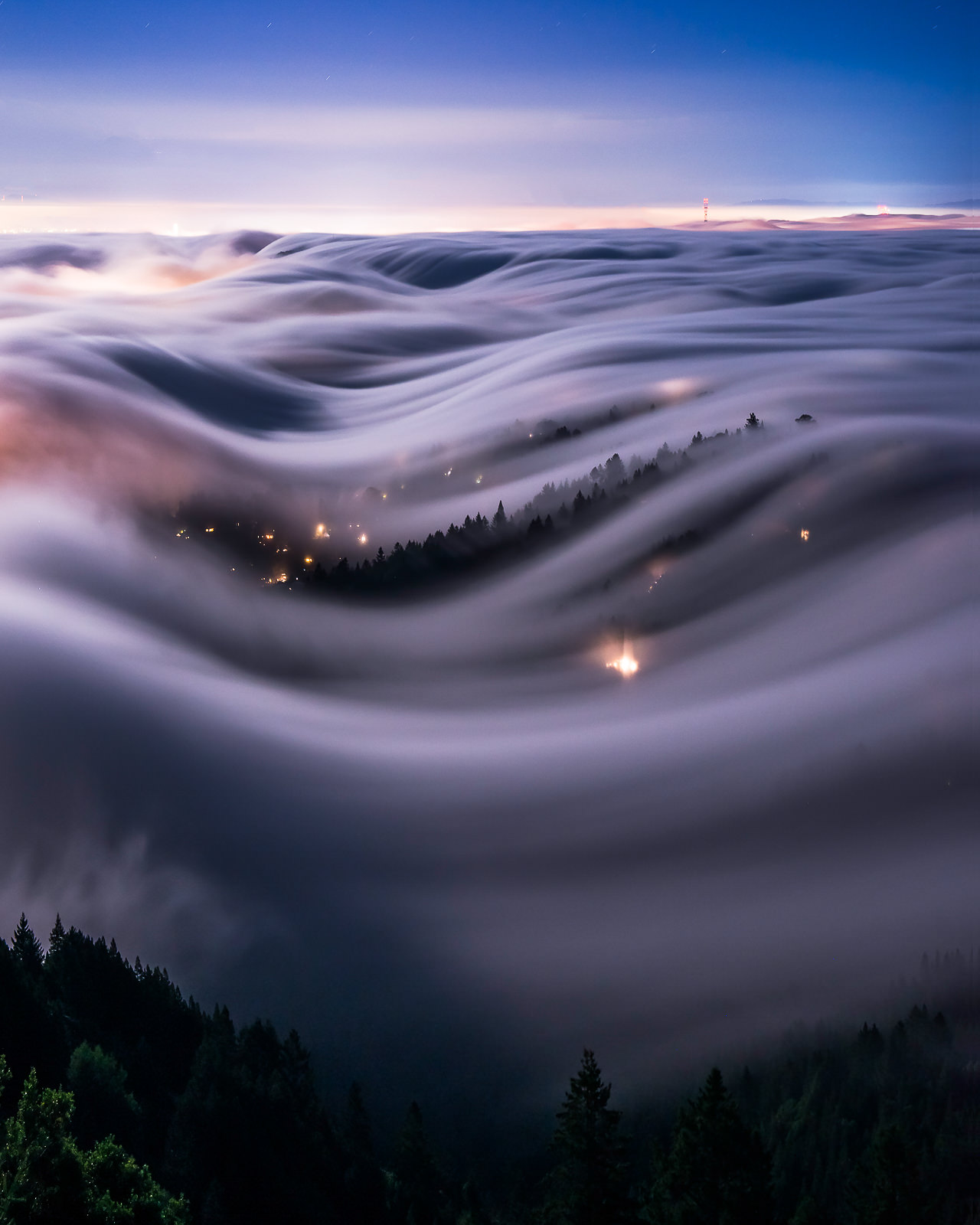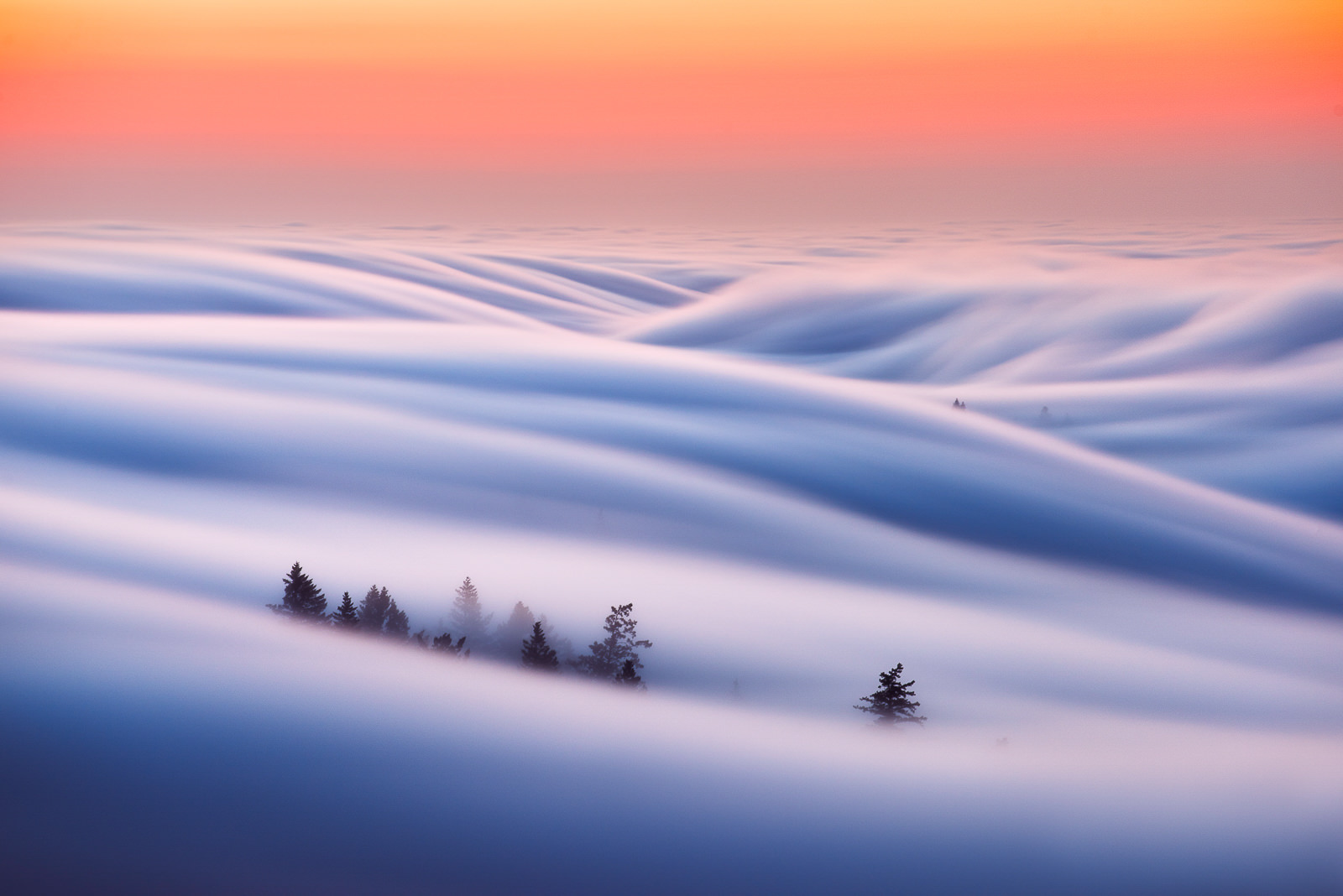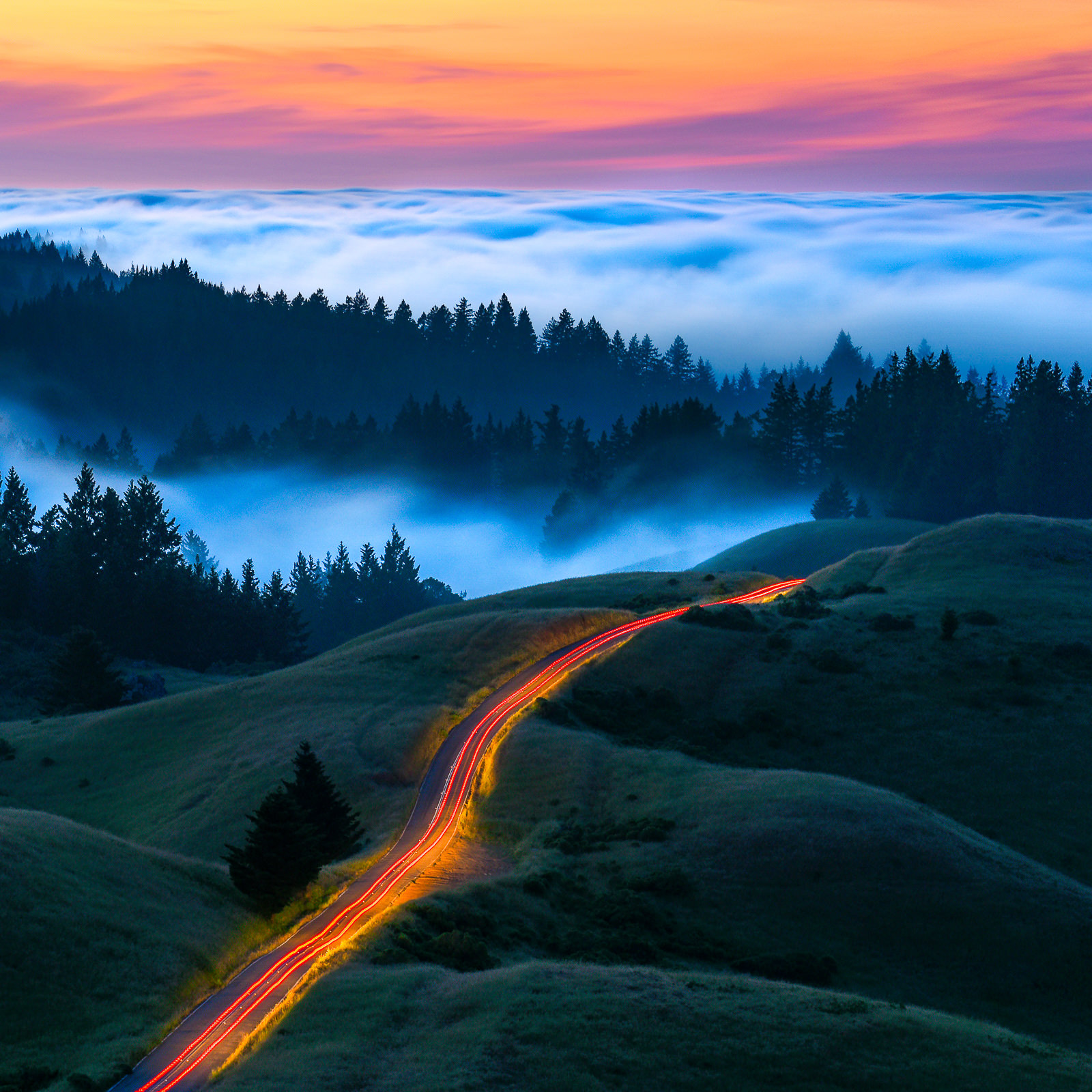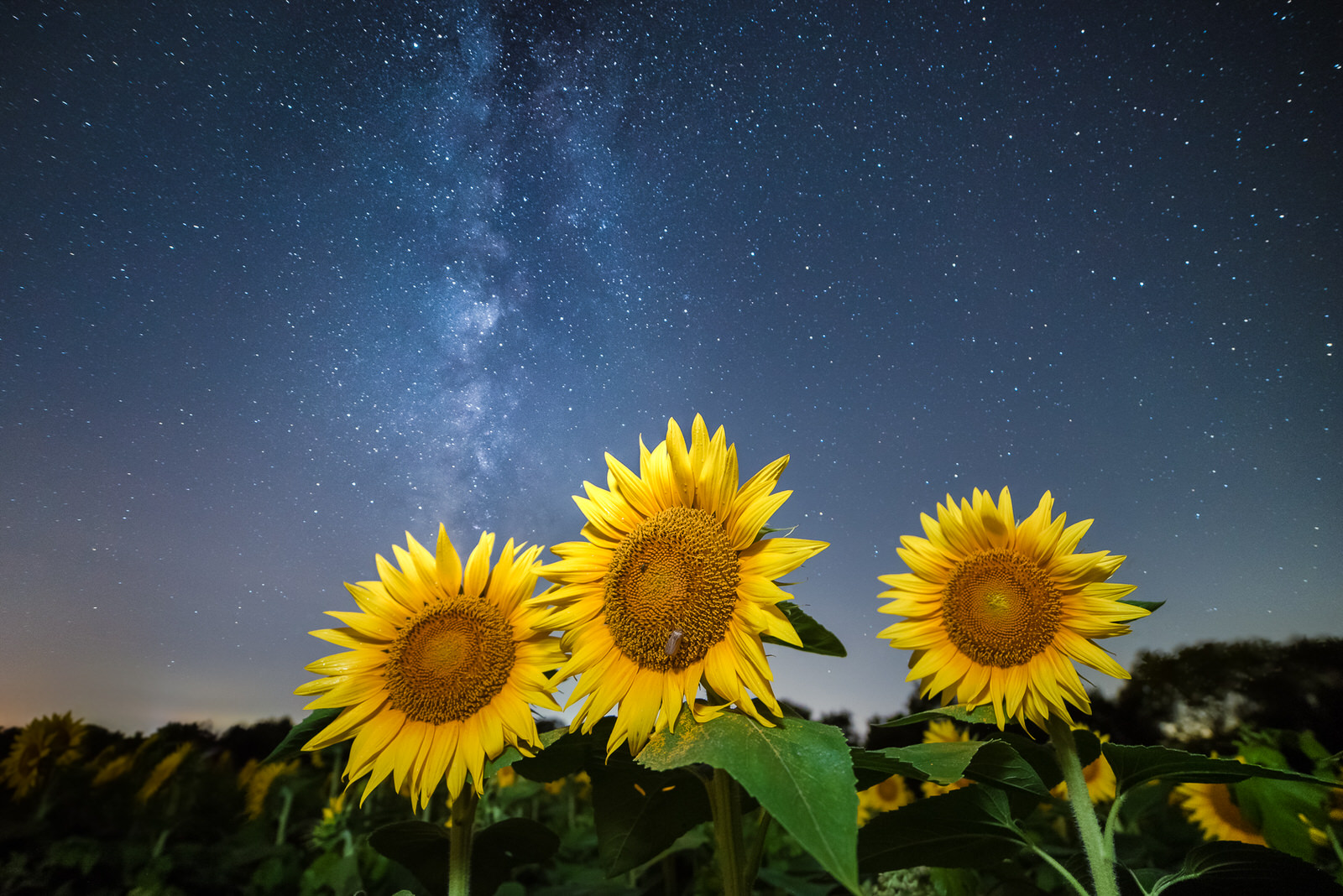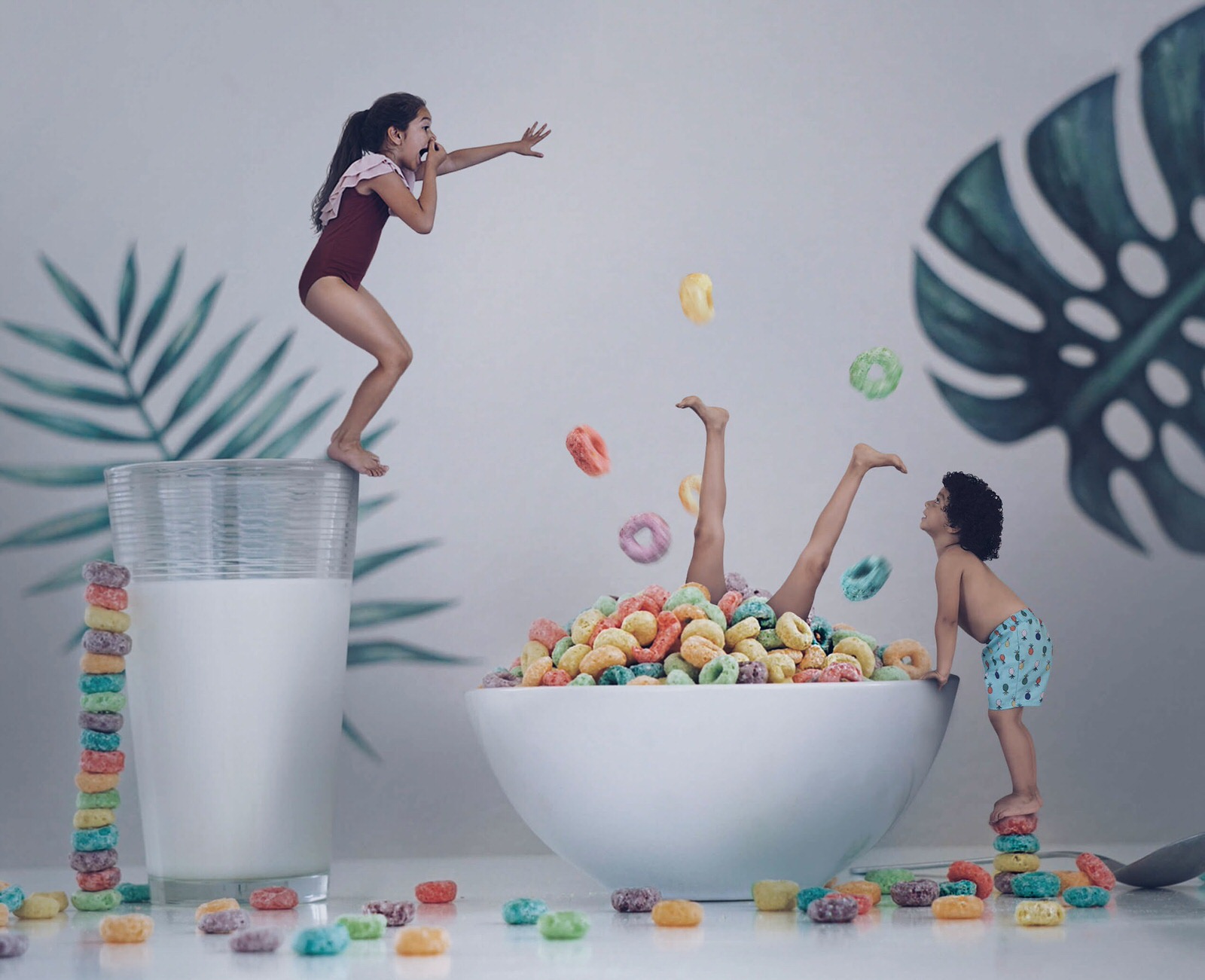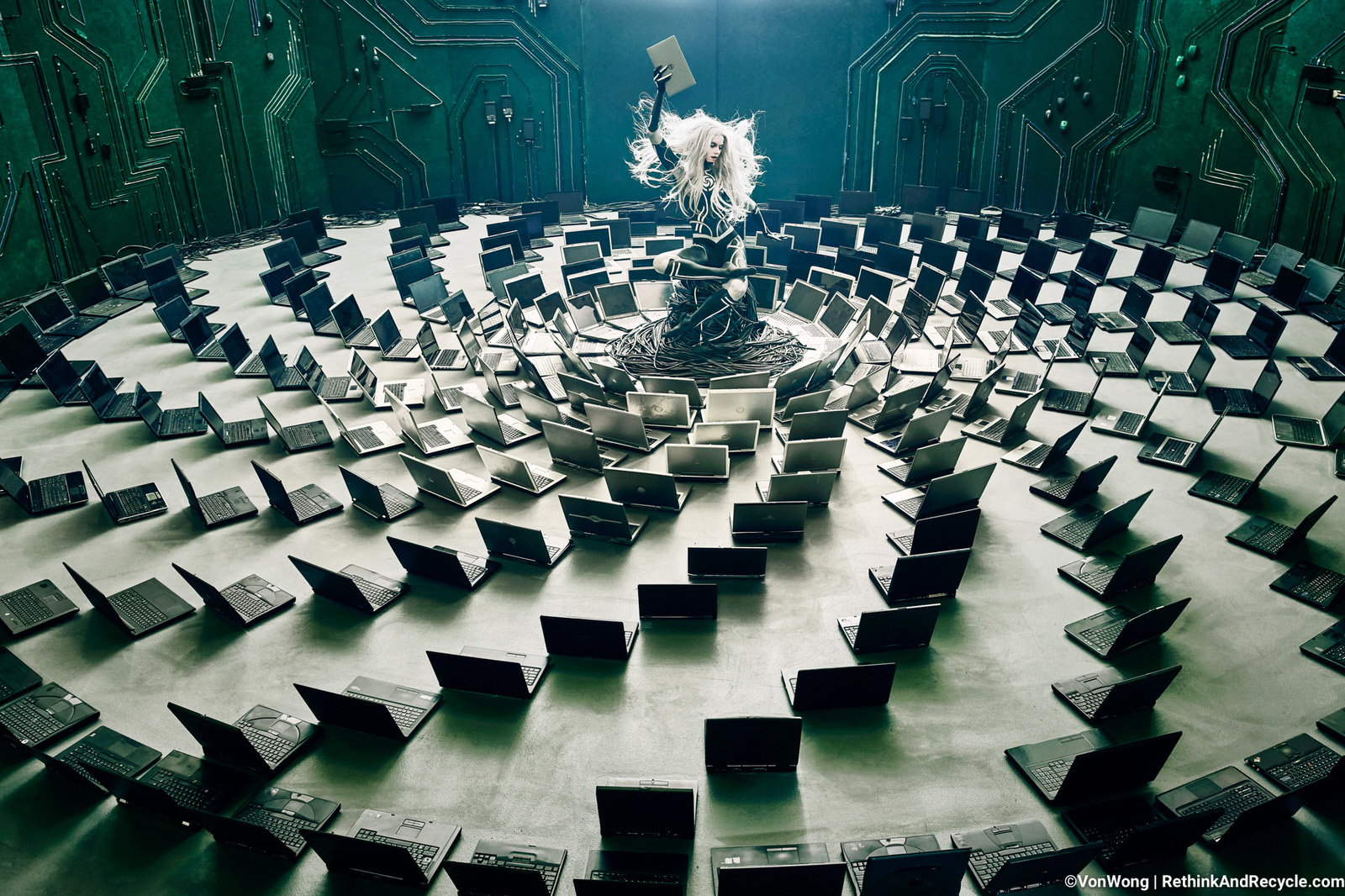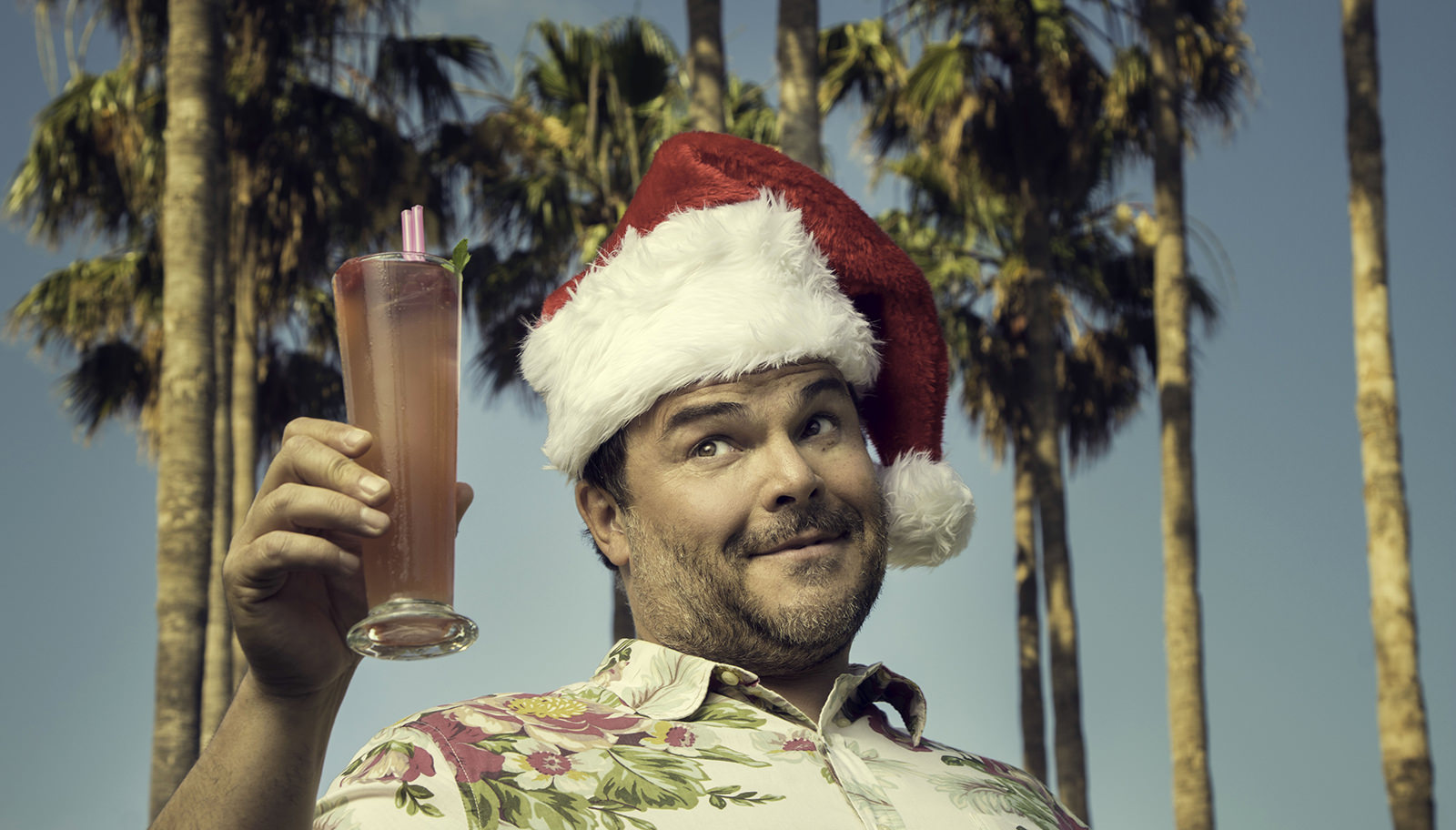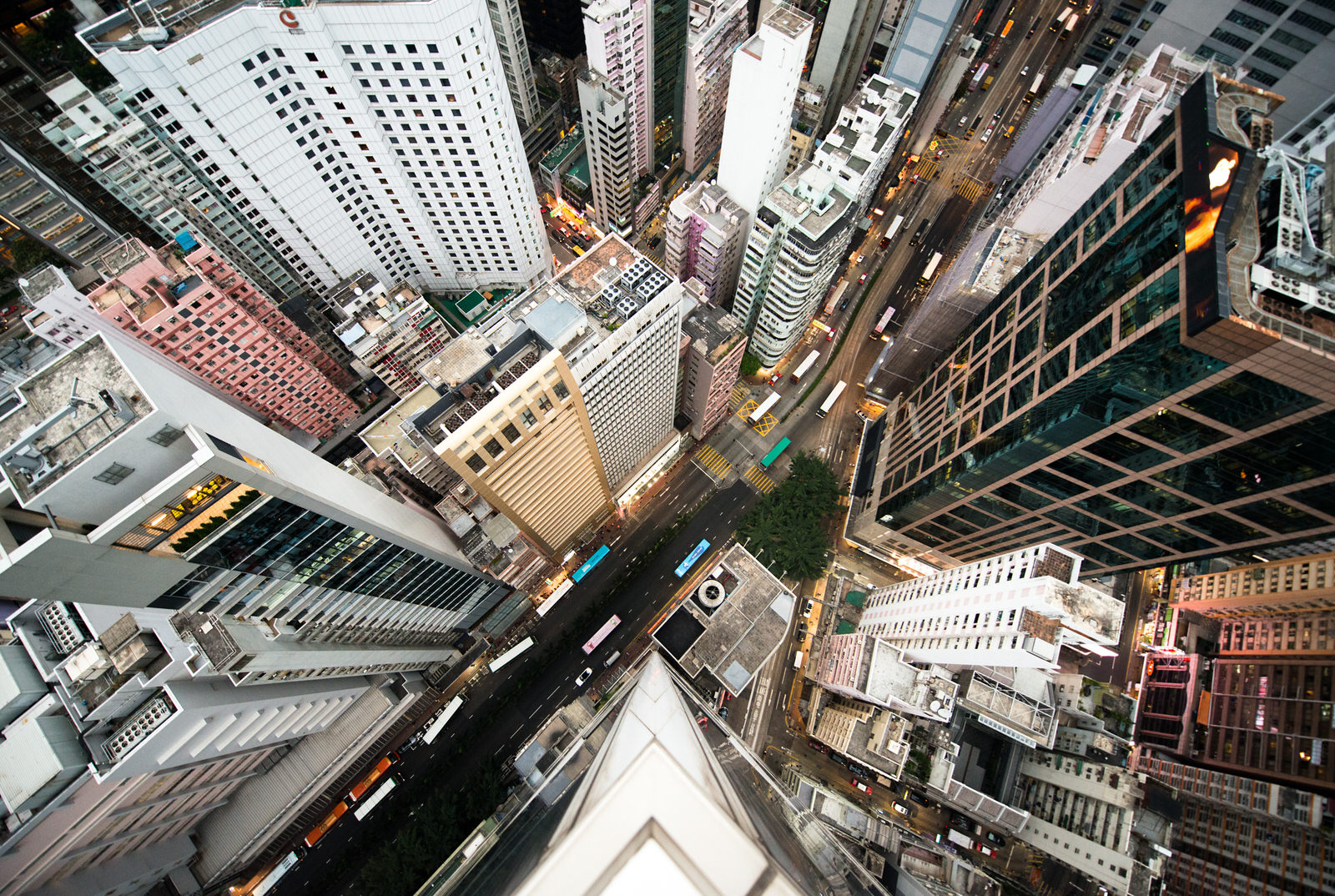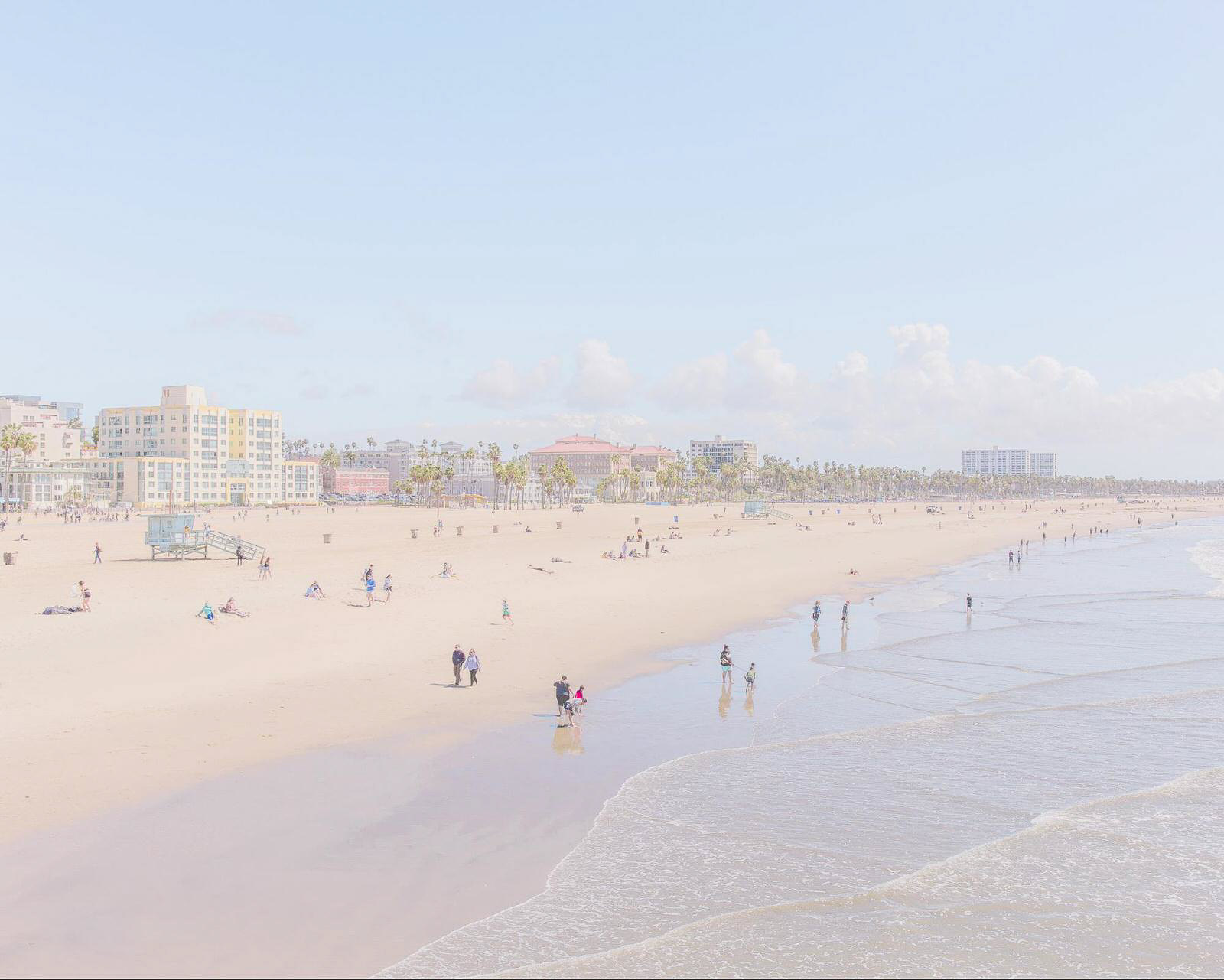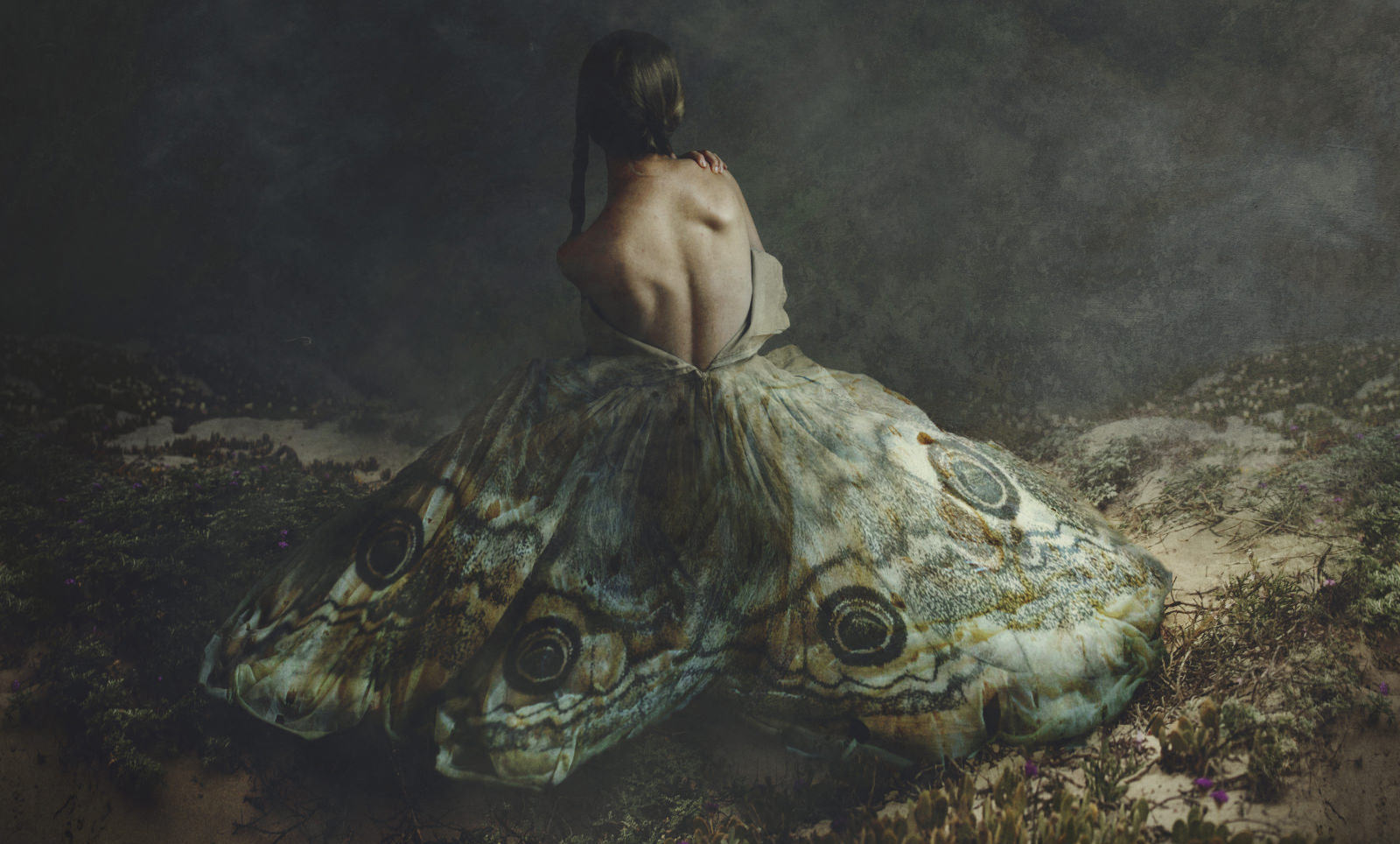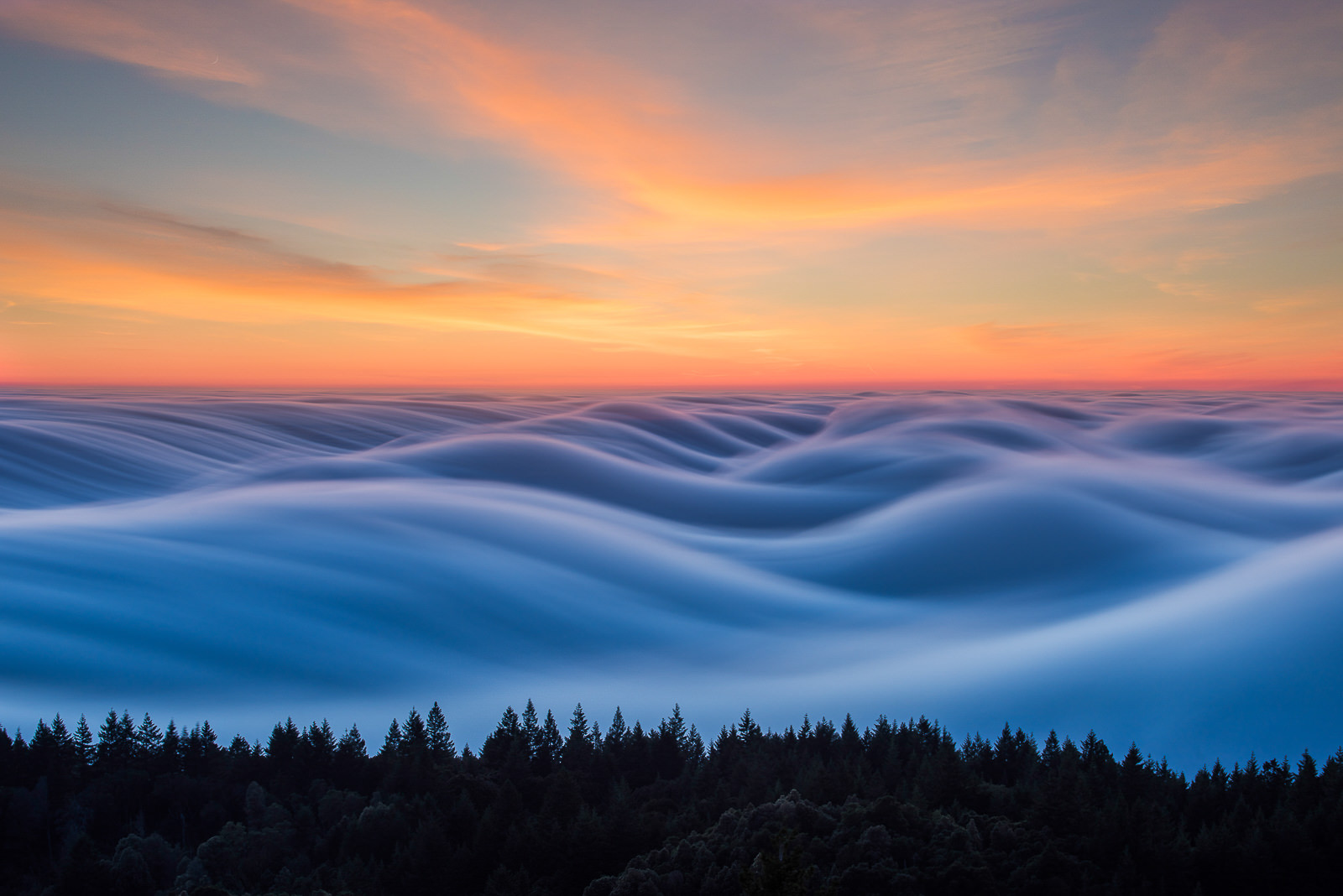
Nick Steinberg’s Unbelievable Fog Photography Rides Viral Wave
When Nick Steinberg was contacted by Bored Panda to submit his work, he had no idea what was in store. The San Francisco-based photographer had been shooting landscapes and seascapes around the Bay Area and up around Mount Tamalpais, and had cultivated his own unique style that caught the attention of the massive publisher. Nick’s Fog Waves—a term he coined to describe the awesome phenomenon of fog rolling in, resembling ocean waves—not only made the front page of Bored Panda, but instantly went viral and led to other leading magazines and publications requesting interviews with the photographer.
Years later, there is still major interest in the Fog Waves, and Nick continues to shoot them because, as he says, no two days are the same. We caught up with Nick to talk about the success of the series, his workshops to introduce photographers from around the world to the phenomenon, and his latest exhibit at the California Academy of Sciences.
You are known for your Fog Wave photos, can you tell us a bit about that?
Yeah, it sort of got traction everywhere around the world. I think what happened was Bored Panda reached out to me and that’s where it all started. I didn’t realize how big they were, but they got in touch and said, “Hey we really like your work, please feel free to submit work.” They didn’t tell me what to submit, so I was trying to figure out what to submit that was unique, different. I thought about a compilation of just seascapes, sort of like a portfolio of what I do with seascapes and fog, just different areas. But the Fog Waves are pretty unique and so I focused on that and I sent them a set of photos and I wrote about it.
And I was really shocked; I sent it to them and I woke up the next morning to an email that said, “The editors really liked it and they just put it right on the front page.” Supposedly, that’s pretty rare to have happen. Because Bored Panda is so big a lot of people saw it, and then DPReview and Colossal and all these different people picked it up. It actually reached Spiegel, which is one of the leading news organizations in Germany, and then it went to Asia, it went to the UK. I think people had just never seen anything like it.
The funny thing is, I didn’t know what Bored Panda was. If I had known, then maybe I would have expected it. It wasn’t until after they sent me the link that I realized they were really big. After it was published, my email was full for the next two or three months straight. Even to this day, they still trickle in. People from everywhere were wanting to do interviews. I never expected any of that.
When did you start shooting the Fog Waves?
I live about 15 minutes from the Golden Gate Bridge. As you know, there’s that phenomenon with the fog coming through the bay. You know how it is when you’re first starting something? I didn’t really know what my style was. I was just shooting everything from macro, to people, to landscapes, ocean, seascapes. I really started to home in on the coast and fog because it was such an awesome phenomenon out here. I started shooting in about 2008 and studying fog and just sort of chasing it, learning about it.
It wasn’t until about three years ago when I really started to home in on different areas of Mount Tamalpais, which is one of the prominent mountains in the Bay Area, along with Mount Diablo. When the fog comes in, most people there are like, “Ah, this sucks, fog sucks, it’s cold, it’s gloomy, it’s dark, it’s depressing.” But what they don’t realize is that if you get above the fog it’s absolutely freaking epic. You’re literally in a dream world.
And that’s why Mount Tamalpais has become so popular. The thing I can say about Mount Tam and the way the fog flows in from the coast inland is that it’s one of the most unique lays of the land in the world. People from all around the world are coming here, people from Asia, from Canada. I teach workshops and I have people from Malaysia, from India, all these people hitting me up from around the world because they really want photos of these Fog Waves.
You’re doing workshops now and city tours around San Fran?
Yes, so that’s the next thing I’m really going to amp up on my website. But I basically just have people reaching out to me all the time. I’ll advertise it a little bit on my Instagram posts, sometimes I say I do one-on-one workshops and small group workshops. I could do larger workshops but it’s tricky because with some of the spots, it depends on where the fog is flowing.
There are three different levels of fog on Mount Tam and there are spots corresponding to those levels of fog. There are certain spots where there’s only enough room for three or four people. Then there are some spots where there’s enough room for 100 people but, you never know where it’s going to be flowing. Mainly, I do one-on-ones or small groups right now.
What was it that inspired you to get started in photography?
Well, it’s sort of funny, what inspired me to go into photography was that I went to Chichén Itzá, in Mexico, in 2007. It was epic, there were so many cool things, like we went to the cenotes, which are these big swimming holes, and Mayan ruins and just the culture was amazing, there was all kinds of stuff happening, and I did not have a camera. I had to borrow my ex-girlfriend’s camera here and there, and I swore to myself that as soon as I got back to the United States, I was going to get a camera. I was looking at getting a point and shoot like a Canon PowerShot, and then I started looking into DSLRs. I ended buying a Nikon D80 and an 18-135mm lens and that’s where I started.
I took one photography class in San Francisco. I just wanted to learn about the camera; there wasn’t a lot of practicality, it was just sort of what is an aperture, what is shutter speed. We did one field trip and learned a little bit of Lightroom, but that was it.
Do you have any habits that are part of your creative process?
For me, creating comes from a place of relaxation. It’s sort of Zen. The more relaxed I am, the more things flow. I sort of have this spiritual side to me, like the law of attraction and the flow of the universe and being in the flow. Part of that is meditation and yoga, those things put me in a relaxed state. And from a relaxed state, I can create better.
If I’m stressed out and everything is hustle and bustle, I need to relax and just let things come to me. But a lot of it is spur of the moment too, it’s about seeing the details and seeing light. So a lot of my creative process happens in the moment, like being out in nature and you stumble on something pretty awesome – whether it’s light rays, or fog, or where the sun is coming through, or just little accents.
Creativity comes from a place where you’re not trying, I think, like when you’re in the shower and this idea just comes to you, moments like that. It doesn’t come from thinking, it comes from just being.
Right, so I imagine that’s how you would deal with a creative block then? Just let it come?
With a creative block, I think one of the best things to do is to take a break and walk away from it. Just walk away, take a break, don’t try. I think people try too hard. What I’ve learned is a lot of the best things happen when I’m not trying.
I’m not saying that you shouldn’t put effort into it. Let’s say I’m editing a photo and I’m getting into the creative aspect of it and dodging and burning or doing whatever I’m doing with colors. And I’m just like, “Ah, I’m not really sure where this is going.” A lot of times, I just walk away and when I come back to it I’m like, “Damn, what the hell was I doing? I’m so glad I didn’t post that!” Because sometimes in the heat of the moment you think, “Oh, this is pretty good,” and then you walk away from it and when you come back, you’re like, “Wait, I can change that.” I think your subconscious will work on it if you just walk away, take a break.
Another thing is to ask yourself a question and then just forget about it. Because your subconscious will come up with an answer when you’re least expecting it. Ask yourself, “How can I be more creative? What can I do to get through this creative block? What can I do differently? What am I not doing?” And then just forget about it. Walk away and do something different; let it go.
Like planting a seed, you can’t overly water a seed to make it grow. You have to plant it, water it some, and let it be. Creativity is like that. You just have to let it flow.
What are some of your post-processing habits and techniques? Is there a lot of editing or would you say what you’re capturing in-camera is pretty accurate?
Yeah, I would say I’m a purist for the most part. I might tweak the color balance a little bit to what suits me and what I like, so the colors may not exactly represent what’s happening sometimes, but it’s what pleases me in my creative process. For the most part, it’s pretty accurate.
A lot of what I do is mainly in Lightroom and then I do finishing touches in Photoshop. For example, I’ll do all the global editing in Lightroom and then I try to target more local adjustments in Photoshop, like dodging and burning certain things or opening luminosity mask where you’re basically only targeting a highlight or a shadow and different levels of those shadows. Let’s say there are five different levels of darks, five different levels of midtones and five different levels of highlights and you can target those with selections in Photoshop. You can open up just those areas without touching the rest, if that makes sense. So you know, doing specific blurs, applying the Orton Effect, in Photoshop I’ll do a little bit of that on my photos. It helps to give it a little bit of dreamy feel.
Are there other artists or photographers who influenced your work? Who are your favorite photographers today?
Early on, when I first started shooting, we didn’t have Instagram and 500px, and those sites. Really, I think it was just Google Plus and Flickr. I wasn’t on Google Plus, but I was on Flickr and that’s pretty much where it started for me.
There are a couple of photographers, one guy named Jim Patterson and another guy named Patrick Smith, who really inspired me. They were playing around with different shutter speeds to shoot seascapes, making them look blurred. Everything else is sharp and the water is sort of blurry and that opened my mind about using different shutter speeds. Over time, with the fog, I found my own shutter speeds and what worked for me, but I was stimulated by those two photographers.
There’s another guy named Marc Adamus, he’s amazing. He inspired me a lot too with his techniques. But really it was those first two photographers because they were local and were doing stuff along the San Francisco Bay and Santa Cruz area.
You’ve won a bunch of awards and you’ve been featured in different magazines and publications. You also won the grand prize for the National Geographic Travel Photo Contest.
Yeah, basically what it was was Nat Geo Travel and Visit California. They teamed up and did a photo contest of California shots and the California Street sunrise shot down San Francisco won the grand prize.
It was pretty cool because Nat Geo Travel does these expeditions and I won four tickets for that. Originally it was supposed to be a trip to Yosemite for 10 days. But then that got canceled because didn’t get any sign-ups for that particular date. I ended up going to Costa Rica, so that was awesome. I brought my brother, my mom and my dad. And it was a life-changing. To see how it affected my family, it was just honestly, I’ll always treasure that.
What would you consider to be your biggest moment or your break?
I think it was that feature in Bored Panda that just set everything off. Just from that, other publications picked it up and it got really good publicity. Oh, I should tell you, I think the biggest break for me, the coolest thing out of all of this, was earlier this year I was contacted by the California Academy of Sciences. I got an email from the creative director, “Hey we found your work online and we’re doing an exhibit called Giants of Land and Sea. It’s all about fog, redwoods and the coast and California and we would love to like exhibit your work in our museum.”
So for the past three months, I’ve been working on that project for them. It’s 10 photos enlarged, some of them over six feet, and a bio on the wall. The exhibit went up June 15th. It was such a cool thing because I did that and then they contacted me to shoot some panoramic images of the San Francisco skyline. I shot that for them and they sent a photo of mine to their advertising agency who advertises the exhibit, Giants of Land and Sea. They licensed the photo and it’s going to reach three and a half million people through newspapers, magazines, SFO airport and then digital advertisements that pop up. And for the exhibit, those 10 pictures will be in the museum for five years.
That’s huge. Congratulations!
Thank you, yeah. I realize I’ve been preparing for the show for almost my whole photography career and I didn’t even know it. Because if I didn’t have the work, there’s no way I could have just put that together in a couple months because all those shots are a culmination of 10 years of images and some of them are very rare.
Do you have a book that you would recommend to other creative people?
I’m into wellness, health, nutrition and herbal medicine and one book that helped me is Jon Kabat-Zinn’s Wherever You Go, There You Are. It was an audio tape, actually, and when I was listening to him I just spontaneously fell into a meditation naturally and from that moment on, I’m not even lying to you, my life changed drastically. I was able to change my brain waves naturally on my own without any drugs, any substances, nothing; it was from within. From that moment on, things just flowed to me.
There’s another really good book that I recommend by Deepak Chopra, called The Seven Spiritual Laws of Success. And one of those laws is basically about getting out in nature and meditation. It’s not all about spirituality or religion; it’s simple things like getting out in nature because we’re just so immersed in technology and cell phones and computers.
There’s a quote that I like which has helped me out. One teacher said, “When you’re in the studio you are God because you control the lights, you can control the props and everything. But when you’re in nature you’re not God.” Honestly, I know it is very simplistic, but it’s so damn true. You’re not God. You can’t control everything. That’s what’s amazing about nature photography – you can’t control it. That’s what I love about fog. It’s always different, it’s elusive, it can change at the very last moment.
Another quote that I really like and live by is from one of my favorite spiritual teachers, Paramahansa Yogananda. He helped bring yoga and meditation to the West. I love his writings, one of my favorite authors ever, and he said, “Persistence guarantees results are inevitable.”
Because with the weather there are some shots that can take you a couple years to get. Maybe it’s foggy or stormy or something happens where it just doesn’t work. If you’re persistent, you get opportunities to practice your art. It doesn’t mean that you’re gonna get the best the shot. It means that it has given you the opportunity to practice your art.
By persistence alone, you’re creating your own luck. Just by showing up. By going the extra mile to wake up and hike and do whatever you have to do. Stand in the middle of the snow. It’s going to Yosemite when there’s a snowstorm and there’s three feet, five foot of snow and you’re just standing there waiting for five hours for the storm to clear.
Do you have advice for other photographers who are just starting out?
I would say to always follow your heart and do what makes you happy. Get inspiration from other people, but venture away from that too and do your own thing because you’re not going to stand out by just following somebody else’s style; you have to create your own.


